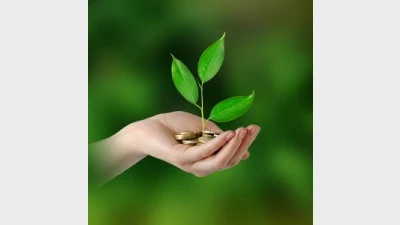Fund conversions see green bond assets pass $22b



Green bond assets reached €13.8 billion ($22.8 billion) across 63 strategies at the end of the first half of 2020 after seeing growth of 30%, according to Fitch Ratings.
This compared to a contraction of 0.6% for total bond funds globally over the same period.
There were 63 green bonds funds in the market, with the largest share of issuance coming from China, but their assets made up just 0.14% of total bond funds assets under management.
As well as new launches, Fitch said it was seeing existing conventional bonds funds being converted to green ones.
“The Federal Global Green Bonds Fund, which was launched in 1980 as a conventional bond fund, converted to a green bond strategy in early 2020,” it said.
“Recent green bond fund launches have varied from the aggregate strategy of mixed SSA and corporate exposure to include corporate-focused and short-duration funds. Fitch believes some existing funds have selectively increased corporate exposure, supported by increased corporate green bond issuance.”
Fitch Ratings said the credit allocations in these types of funds tended to be clustered around the lower end of investment grade and had higher BBB allocations and lower AAA ones.
Average duration was 6.3 years, compared to eight years for the ICE BoA Green Bond Index.
Recommended for you
Australian equities manager Datt Capital has built a retail-friendly version of its small-cap strategy for advisers, previously only available for wholesale investors.
The dominance of passive funds is having a knock-on effect on Australia’s M&A environment by creating a less responsive shareholder base, according to law firm Minter Ellison.
Morningstar Australasia is scrapping its controversial use of algorithm-driven Medalist ratings in Australia next year and confirmed all ratings will now be provided by human analysts.
LGT Wealth Management is maintaining a neutral stance on US equities going into 2026 as it is worried whether the hype around AI euphoria will continue.












